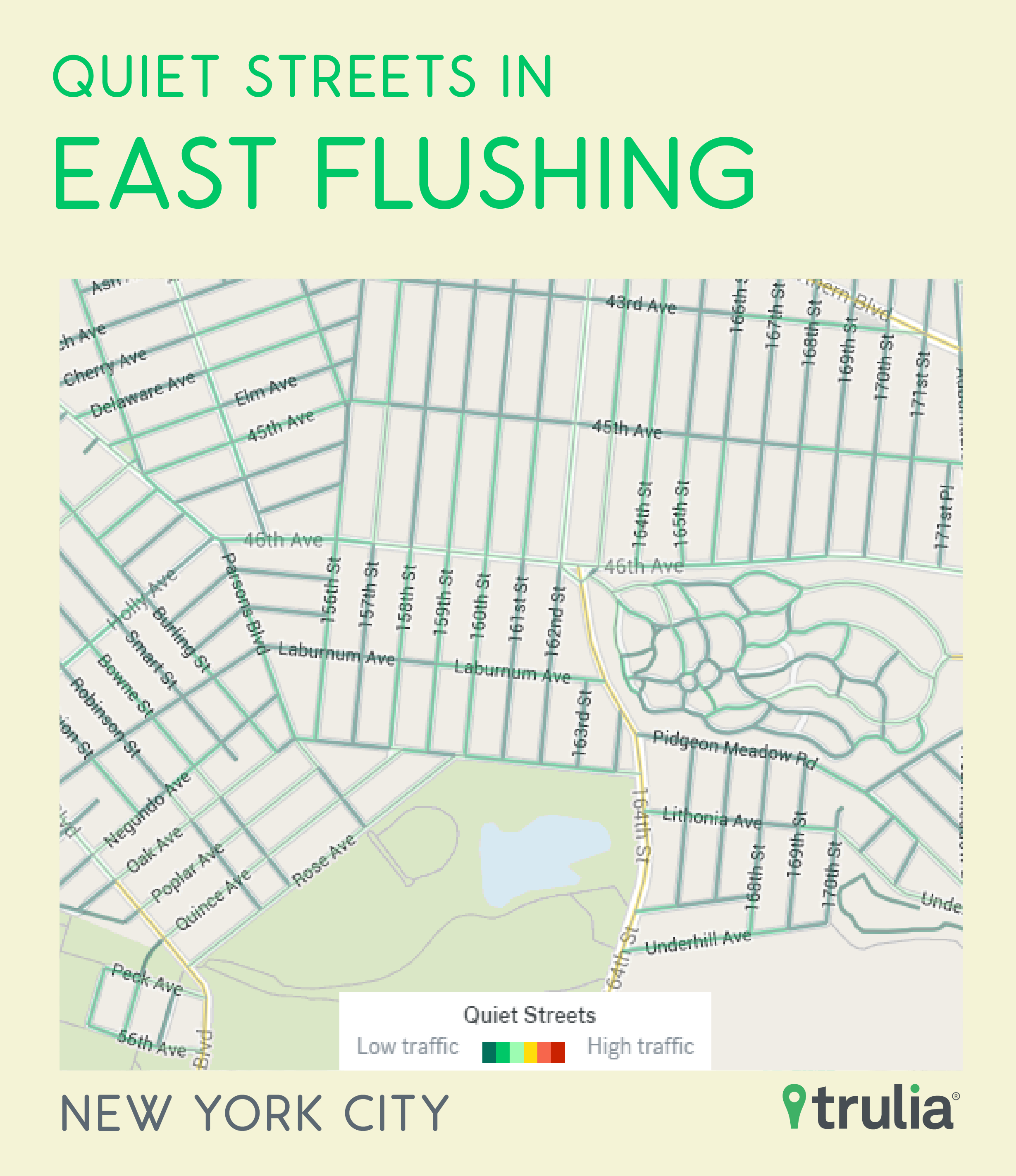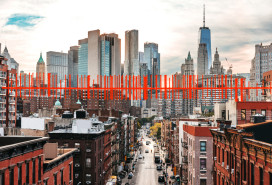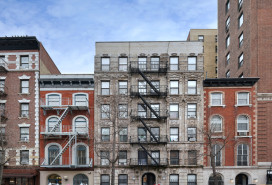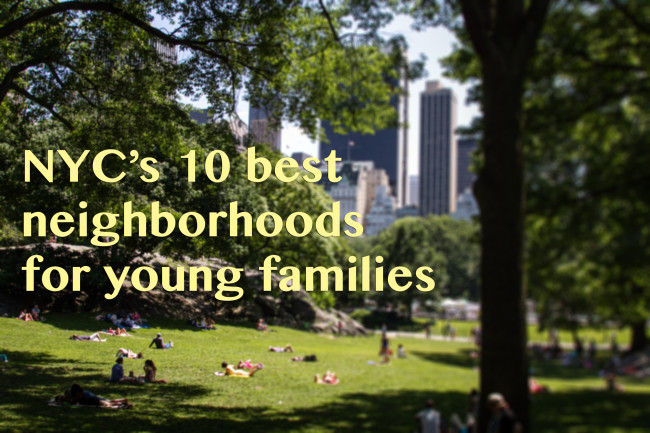What's the healthiest neighborhood in NYC? (Hint: It's not in Manhattan nor Brooklyn.)

Neighborhoods were assessed based on green space, health services, and noise levels.
New York City isn’t generally associated with wellness. Between the pollution, the stress, the pizzas and bacon-egg-and-cheeses, the city isn’t exactly the ideal home for green juice-drinking health nuts. On the other hand, all that walking New Yorkers do has to help a little, and according to Gallup polls, NYC has a lower percentage of obese and uninsured residents than many other large metro areas.
So what makes a city healthy, and where are the best places to live if you want to stay fit? Trulia released a report yesterday that looks at the country’s top areas for living well, and NYC doesn’t rate too highly—of the almost 600 places ranked, not a single neighborhood within the five boroughs appears on the list. The winning neighborhood for big cities, San Diego’s Ocean Beach, offers a lifestyle inconceivable here: The seaside community is a laid-back spot dotted with bungalows and cottages, where locals like to hang out on the beach, surf, and sail.
According to Trulia’s evaluation of New York, the best neighborhood in the metro area is somewhat surprising: not leafy, upscale Park Slope, nor the posh, Central Park-abutting areas of Manhattan, but instead quasi-suburban East Flushing.
Trulia’s metric for its rankings examines several elements that supposedly make neighborhoods healthy ones: quiet streets, ample spaces for recreation (like parks and playgrounds), and proximity to doctors, medical centers, and day cares. East Flushing does have these amenities in spades: It’s bordered to the south by Kissena Park, which offers walking and jogging paths, baseball and tennis courts, playgrounds, and a lake; it has multiple medical facilities, including the New York-Presbyterian Queens hospital; and its distance from the bustle of Main Street in downtown Flushing means that almost half its streets have low traffic volume.

East Flushing sounds like a pleasant place to live, especially for families—but is this what most New Yorkers really want in a neighborhood? Its 1.5 mile distance from the Main Street station—itself the very end of the 7 line—isn’t convenient for the car-less, and the area's low on social activities that aren’t related to exercise (though downtown Flushing is packed with restaurants and bars).
The issue may be that Trulia’s metric is designed to apply to urban America on a broad scale, but New Yorkers have priorities that differ from those applied for the study. For younger and single New Yorkers, for instance, there are certainly factors that come before proximity to day care and playgrounds—a previous Trulia report found that millennials greatly value a short commute and, according to Forbes, this generational cohort is seeking areas with strong job markets, low crime, and plentiful entertainment and cultural offerings.
These amenities don’t necessarily add up to improved physical health, but when it comes to mental health, millennials are right to prioritize shorter journeys to work: a recent psychological study found a correlation between long commutes and low overall satisfaction with life.
But for New Yorkers who do want plenty of green space, health services, and peace and quiet, there are other options closer to public transportation than East Flushing. Forest Hills, for instance, a popular destination for families, borders both Forest Park and Flushing Meadows Park; has a busy thoroughfare for shopping and dining on Austin Street; and offers easy access to the LIRR and express subways. And for a hushed atmosphere, family-friendly Sunnyside is among the neighborhoods with the fewest noise complaints in the city—plus, it’s a quick jaunt to Manhattan.
After all, most New Yorkers rely on public transit to get around—isn’t giving up cars one of the healthiest, greenest things people can do?
You Might Also Like























